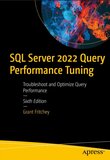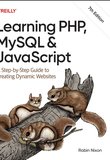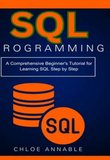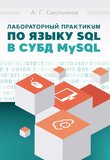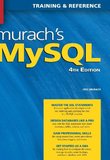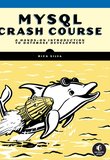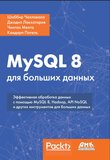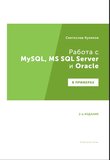-
.NET (.NET Core)
-
1C
-
APL
-
AWK
-
Agda
-
Agile/Scrum
-
Alef
-
Assembler
-
Basic
-
Beta Programming Language
-
Big Data/DataScience
-
C
-
C#
-
C++
-
CSS
-
Cobol
-
Crystal
-
D
-
Dart
-
DataBase (SQL)
-
Delphi
-
F#
-
Flutter
-
Fortran
-
GPT/AI/ИИ
-
GameDev
-
Git
-
Go (Golang)
-
HTML
-
Hacking and Security
-
Haskell
-
Java
-
JavaScript (JS)
-
Julia
-
Kotlin
-
Machine Learning (ML)
-
Natural language processing (NLP)
-
PHP
-
Pascal
-
Python
-
R
-
Ruby
-
Rust
-
Scratch
-
Swift
-
UML
-
UX/UI
-
Visual Basic
-
Wolfram
-
XML
-
АСУ
-
Проектирование/System Design
-
Сети/Network
-
Схемотехника/электронные схемы
-
.NET (.NET Core)
-
1C
-
APL
-
AWK
-
Agda
-
Agile/Scrum
-
Alef
-
Assembler
-
Basic
-
Beta Programming Language
-
Big Data/DataScience
-
C
-
C#
-
C++
-
CSS
-
Cobol
-
Crystal
-
D
-
Dart
-
DataBase (SQL)
-
Delphi
-
F#
-
Flutter
-
Fortran
-
GPT/AI/ИИ
-
GameDev
-
Git
-
Go (Golang)
-
HTML
-
Hacking and Security
-
Haskell
-
Java
-
JavaScript (JS)
-
Julia
-
Kotlin
-
Machine Learning (ML)
-
Natural language processing (NLP)
-
PHP
-
Pascal
-
Python
-
R
-
Ruby
-
Rust
-
Scratch
-
Swift
-
UML
-
UX/UI
-
Visual Basic
-
Wolfram
-
XML
-
АСУ
-
Проектирование/System Design
-
Сети/Network
-
Схемотехника/электронные схемы
Меню
100 SQL Server Mistakes and How to Avoid Them
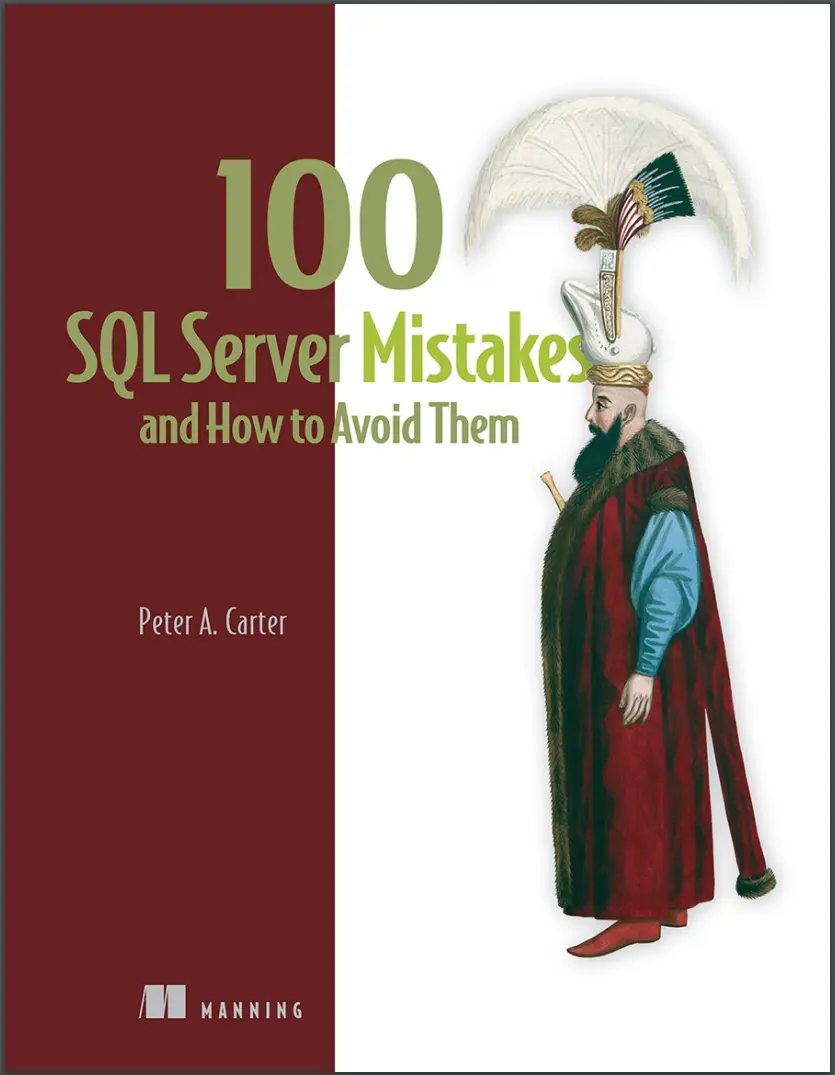
Автор: Carter Peter
Дата выхода: 2025
Издательство: Manning Publications Co.
Количество страниц: 812
Размер файла: 15,6 МБ
Тип файла: PDF
Добавил: codelibs
preface
acknowledgments
about this book
about the author
about the cover illustration
1 Introducing SQL Server
2 Development standards
3 Data types
4 Database design
5 T-SQL development
6 SSIS development
7 Error handling, testing, source control, and deployment
8 SQL Server installation
9 Instance and database management
10 Optimization
11 Indexes
12 Backups
13 Availability
14 Security
index
100 SQL Server Mistakes and How to Avoid Them prepares you for the pitfalls database professionals often encounter—from administration to development, availability, and security. You'll learn to sidestep common errors that slow down your T-SQL code and ensure your SQL Server is installed and configured to handle anything your organization throws at it.
Inside 100 SQL Server Mistakes and How to Avoid Them you'll learn to avoid:
- Development errors when writing T-SQL
- Installation and administration mistakes
- Optimization missteps
- Common pitfalls relating to high availability and disaster recovery (HA/DR)
- Security oversights that can endanger your data
100 SQL Server Mistakes and How to Avoid Them doesn't focus on the "happy path"—instead, it covers all the errors and problems you might face as a SQL Server developer or administrator. Each chapter is filled with real-world issues drawn from author Peter A. Carter’s two-decade-long career in SQL Server. Peter's seasoned advice helps dispel myths, debunk misconceptions, and set you on the right road.
About the technology
Perfecting a SQL Server system can be a complex balancing act. Why is T-SQL running so slowly? Are the right data available? Are we protected against data theft? What about that new server instance I need to administer? Even the most skilled SQL Server experts make mistakes that cost time and performance. This book can help you get it right the first time.
About the book
100 SQL Server Mistakes and How to Avoid Them focuses exclusively on the errors that you might—and probably will—make as a SQL Server admin or developer. Real-world examples, code samples, and helpful diagrams make it easy to understand each issue and its solution. You’ll learn how to write performant code, design efficient database schemas, implement error handling, work with complex data types, and much more, all in a friendly, common-sense problem/solution format.
What's inside
- T-SQL development
- Installation, administration, and optimization
- High availability and security
About the reader
Readers need to understand basic SQL Server concepts and SQL queries. Perfect for junior database admins, full-stack developers, and “accidental” DBAs.
